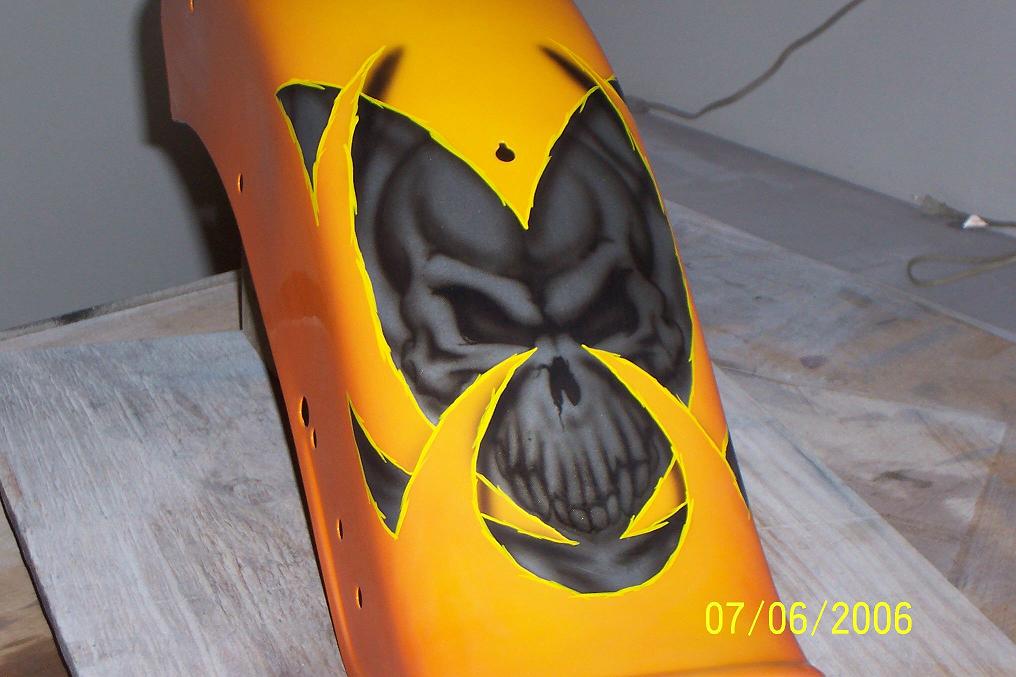 |
 |
 |
 |
 |
 |
 |
 |
 |
 |
 |
Carbonates as fillers for paints and coatings
Carbonates are very widespread in the paint industry. Among the carbonate fillers we can distinguish magnesite (magnesium carbonate), chalk of natural origin and precipitated, calcite (calcium carbonate), barium carbonate (or viterite), dolomite (magnesium and calcium carbonate). All these substances are chemically active in relation to film formers, which include carboxyls. Thanks to that paintwork materials based on them form coatings having high protective properties, good resistance to aggressive corrosive environment including moisture. Chemical activity has a beneficial effect on the hardness of the protective layer. But there are disadvantages: the viscosity of the paintwork material increases, it thickens faster, in addition, it becomes less stable, which considerably reduces its warranty storage life.
Among paint fillers the most widely spread is calcium carbonate, i.e. precipitated or natural chalk, marble and limestone. Calcium carbonate with large crystalline structure is called calcite. Calcite is obtained by thorough grinding of marble. If the structure is finely crystalline, it is not calcite, and chalk.
Filling natural origin contains from 95.5% to 99% of the actual calcium carbonates (CaCO3), all the rest - impurities. The impurities may be silicon compounds, aluminum and iron oxides, magnesium carbonate, etc. As for precipitated chalk, i.e. of artificial origin, the above mentioned impurities are much less, but there are water-soluble fractions.
Methods of production of natural and synthetic calcium carbonates differ from each other considerably. Natural origin paintwork filler is obtained by grinding marble or limestone with further separation. Chalk can be milled in special water sedimentation tanks. Modification process is realized during grinding of the material.
Precipitated chalk is produced from limestone or it can be a by-product of other chemical industries. To obtain precipitated chalk from limestone, the original product must be crushed and burned. The resulting composition is then quenched with water and sodium carbonate is added or carbon dioxide is passed through. From the composition of the precipitated chalk obtained, impurities that are soluble in water are removed. For this purpose, the chalk is washed, then dried and ground to the required size fractions. Often after grinding the chalk is modified with fatty acids or soaps. Calcium carbonates that have been modified combine well with film formers of synthetic origin.
Natural calcium carbonates differ significantly from artificial products. Synthetic substances are more finely dispersed. Their particle size can be 0.05-0.35 microns. Calcium carbonates of natural origin are characterized by a coarser fraction from 1 to 50 microns. Oil capacity of a paint filler depends on dispersibility degree of calcium carbonate powder. Synthetic chalk has higher oil capacity compared to natural products.
Calcium carbonate is widely used not only in paint and varnish industry, but also in other industries, such as paper, printing, rubber, etc.
Chalk is often used (as a pigment of white color) in production of water-based paintwork materials, for production of special-purpose enamels (type "moire", etc.), anticorrosive primers. Calcite is used to obtain weather-resistant coatings. Chemically precipitated (synthetic) chalk, due to its fine-dispersed composition, is necessary to improve rheological properties, as it prevents the flow of paintwork materials on vertical surfaces.
 |


